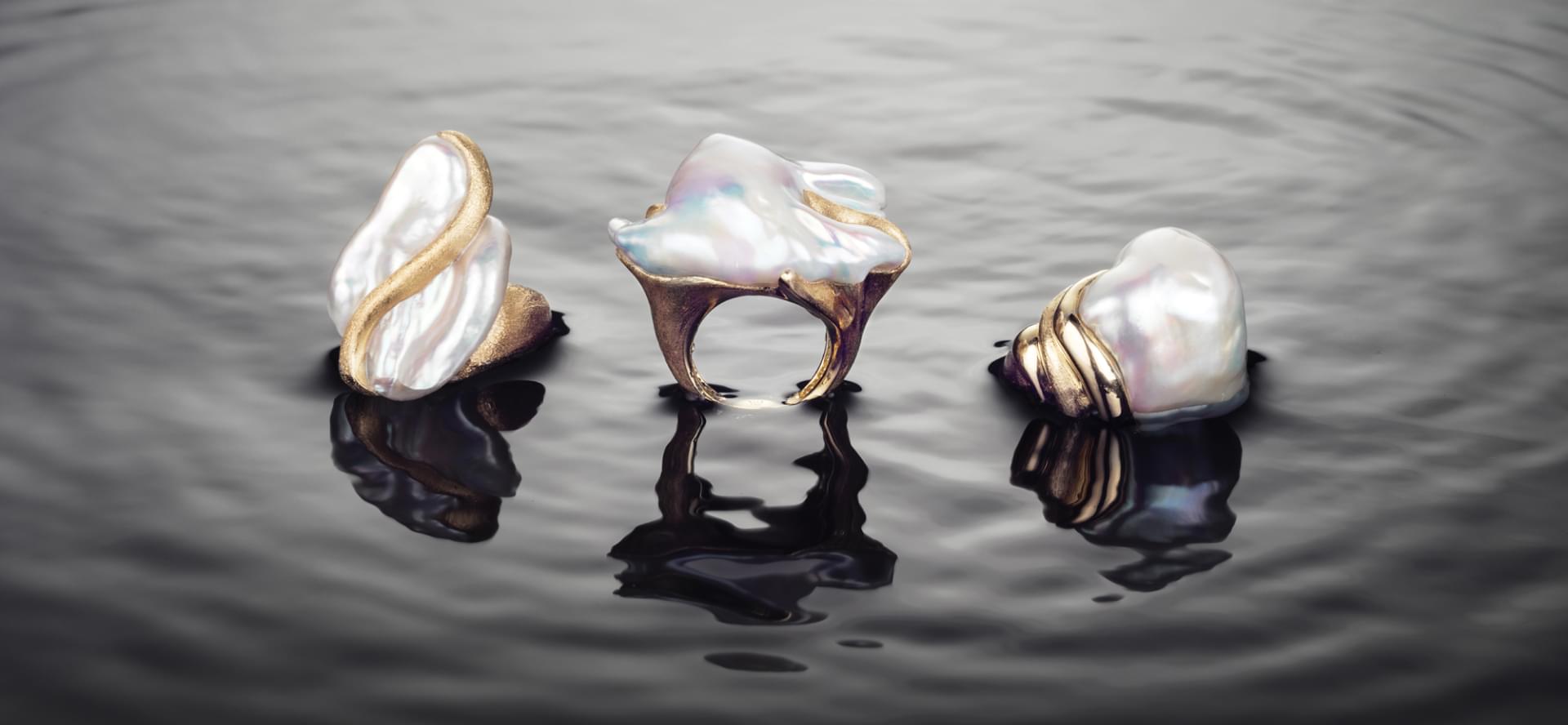Pearls in History
Pearls, revered since antiquity, have been symbols of joy, healing, and life across various cultures. The Greeks saw them as tears of joy from Aphrodite, while the Egyptians linked them to Isis, goddess of life. Recorded in Chinese history as early as 2206 B.C., pearls were coveted treasures. Romans and Egyptians adorned themselves with pearls from the 5th Century B.C., and Cleopatra famously used a pearl to demonstrate her wealth to Mark Antony. According to some historians, Julius Caesar’s British invasion was partly to acquire freshwater pearls. Unique among gemstones that must be mined, cut, and polished, pearls are formed within living organisms, making them a singular marvel of nature.

Types Of Pearls
South Sea Pearls
Renowned for being some of the largest commercially cultivated pearls in the world, South Sea Pearls originate from the vast expanse between Australia's northern coast and China's southern coast. These seas are home to the impressive Pinctada maxima oyster, which can grow up to a formidable 12 inches in diameter. This size allows for nucleation with beads much larger than those used in other saltwater oysters. In the lifecycle of a South Sea oyster, there can be up to three generations of pearl development. The first-generation pearl typically takes 4-6 years to cultivate, resulting in pearls ranging from 7.5 to 14 mm in size. The second generation, requiring 7-10 years, yields larger pearls, measuring 14-18 mm. The third generation, even rarer, takes a remarkable 20-30 years to culture, producing the most valuable pearls, spanning 18-25 mm, some even exceeding measurable sizes. These pearls are also known as saltwater pearls, and their diverse colors are a direct reflection of the oysters they grow in. As a pearl forms, it adopts the color of its oyster's inner lining. This phenomenon results in a spectrum of hues—Tahitian pearls offer black and dark tones from the seas around Tahiti, while golden, champagne, and butterscotch pearls emerge from Indonesia and the Philippines. Each South Sea pearl, with its unique color and impressive size, stands as a testament to nature's capacity for grandeur and beauty.
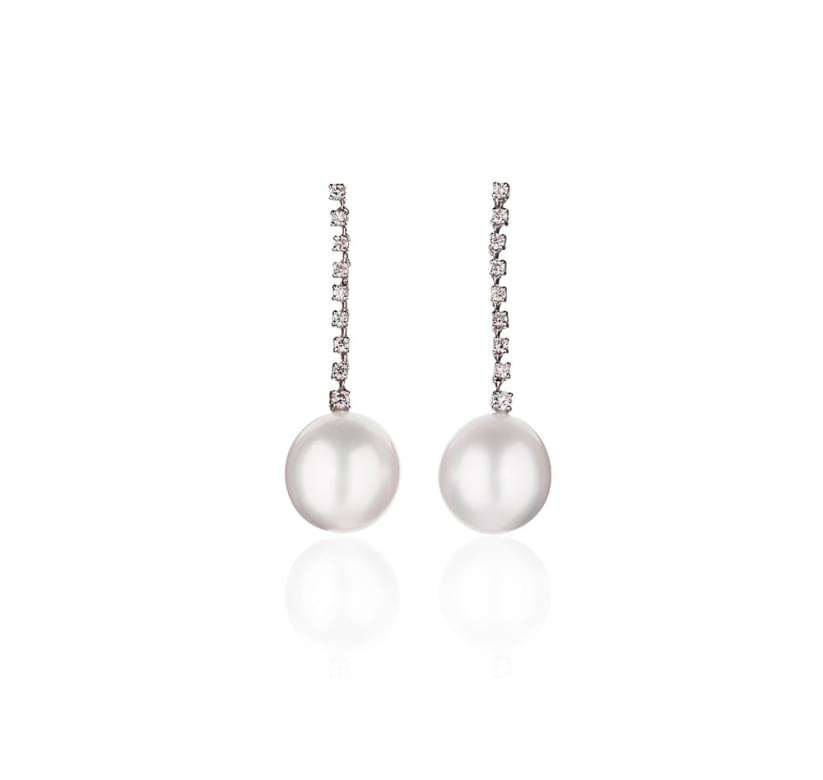
Freshwater Pearls
Freshwater pearls, cultivated within mussels in rivers and lakes, are known for their remarkable diversity. A single mussel can yield up to forty pearls, each varying in shape, size, and color. An exception is the unique Biwa pearl, originating from a flatter mussel species, known for producing only one pearl at a time.
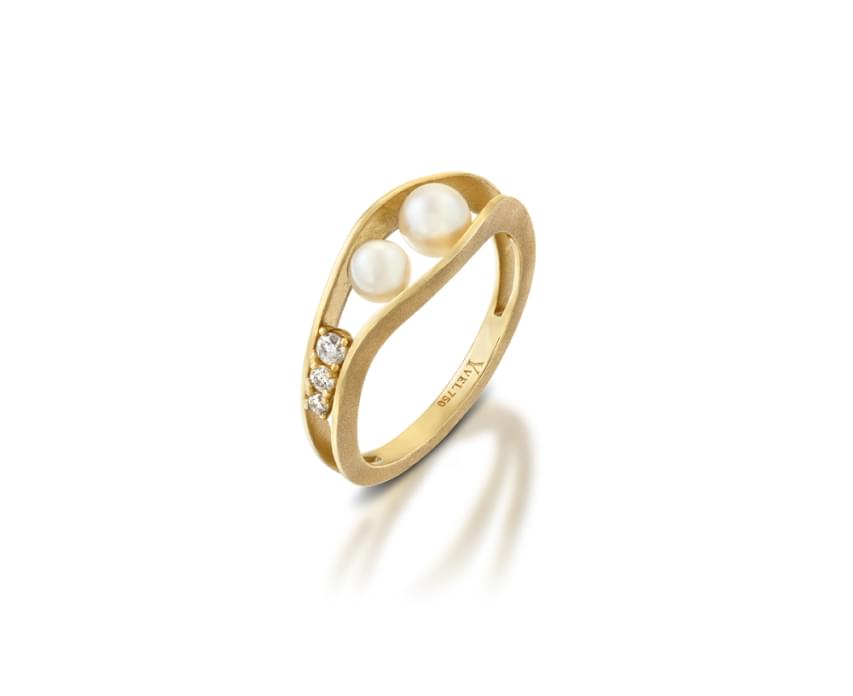
Freshwater Coin Pearl
Originating from Japan's renowned Lake Biwa, these pearls are celebrated for their distinctive high luster and unique flat shape. The Biwa pearl mussel, Hyriopsis Schlegelii, once thrived in this lake, producing high-quality freshwater pearls. However, by the mid-1970s, pearl farming in Lake Biwa ceased, primarily due to increasing pollution levels. Biwa pearls are particularly special due to their exceptional luster, a feature that sets them apart from other freshwater pearls. Unlike typical mussels, the Biwa mussel has a flatter shape, which is reflected in the pearls it produces. This unique physical characteristic allows the pearls to develop in diverse shapes, mirroring the form of their implanted nuclei. As a result, a heart or square-shaped nucleus leads to a pearl of the same shape. In terms of color, Biwa pearls present a beautiful range of hues including white, cream, peach, and pink. Their texture, distinctively less smooth than other freshwater pearls, adds to their uniqueness and appeal. While other regions produce coin or button pearls, Biwa pearls hold a special place in the pearl world for their luster and distinctiveness. Their history, combined with the mussel’s unique ability to shape the pearls, contributes to their rarity and desirability. The unfortunate decline of Lake Biwa's pearl industry serves as a reminder of the delicate balance between nature and human activity. Today, Biwa pearls are not just treasured for their beauty but also for their historical significance, marking an era of high-quality pearl cultivation that once flourished but is now just a memory. Their continued popularity underscores the enduring allure of uniquely shaped pearls and the importance of preserving natural environments where such treasures can thrive.
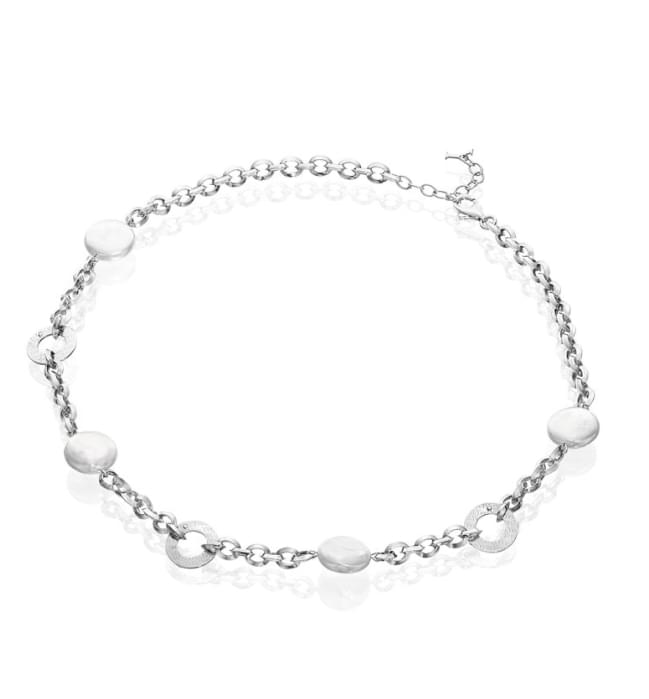
Tahitian Cultured Pearls
are cultivated from the large, black, Pinctada maxima oyster, and produce very large pearls. The natural black or gray color of these pearls comes from the color of the oyster’s black lips. This oyster is very sensitive to the pearl culturing process, which makes the pearls both rare and expensive. Cultivated around the islands of French Polynesia, they usually range from light gray to black. Tahitian pearls are thought by many to be solely a product of Tahiti, but this is in fact not true. Although Tahiti is the commercial and trading center of the industry, it does not actually have any pearl farms on the island.
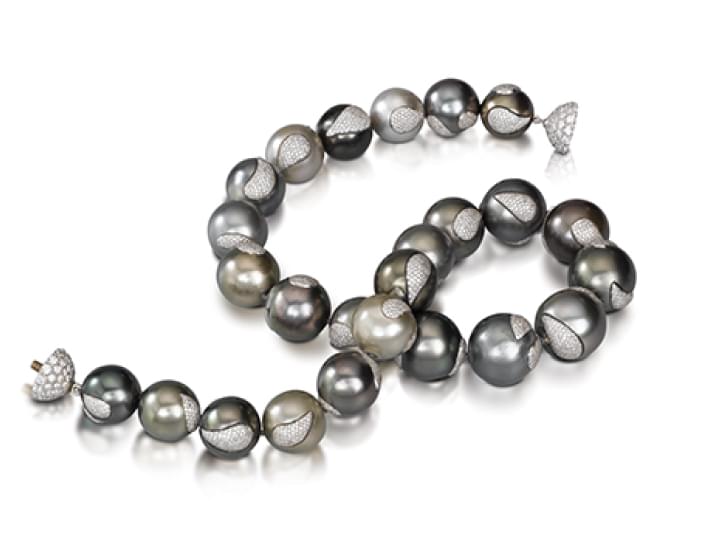
Baroque Pearl
Baroque pearls are known for their unique, asymmetrical shapes. This term exclusively describes their unorthodox form, which can vary between freshwater and South Sea pearls. Historically, these pearls were less favored due to their non-standard appearances, often discarded by pearl farmers. The value and appreciation of Baroque pearls surged during the eponymous Baroque period, an era that celebrated ornate and irregular artistry. This shift marked a recognition of their unique charm and elevated them in the world of jewelry and has gained popularity for their distinctive one-of-a-kind shapes. Today, the uniqueness of each Baroque pearl is highly valued, with their increasing popularity reflecting a contemporary appreciation for individuality and natural beauty. These pearls are not just gems but stories of nature's whimsical creativity, each with its own character and allure.
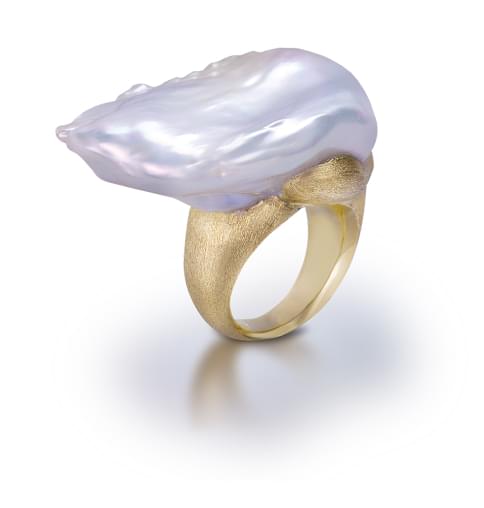
Keshi Pearls
Keshi, meaning 'tiny' in Japanese, refers to pearls formed in both saltwater and freshwater oysters. These unique pearls emerge when the oyster expels the implanted nucleus before the culturing process concludes, resulting in pearls without a nucleus. Notably smaller, Keshi pearls exhibit a diverse array of shapes and colors, making each one distinctively charming. Their petite size adds to their allure, showcasing nature's ability to create beauty in even the smallest of forms.
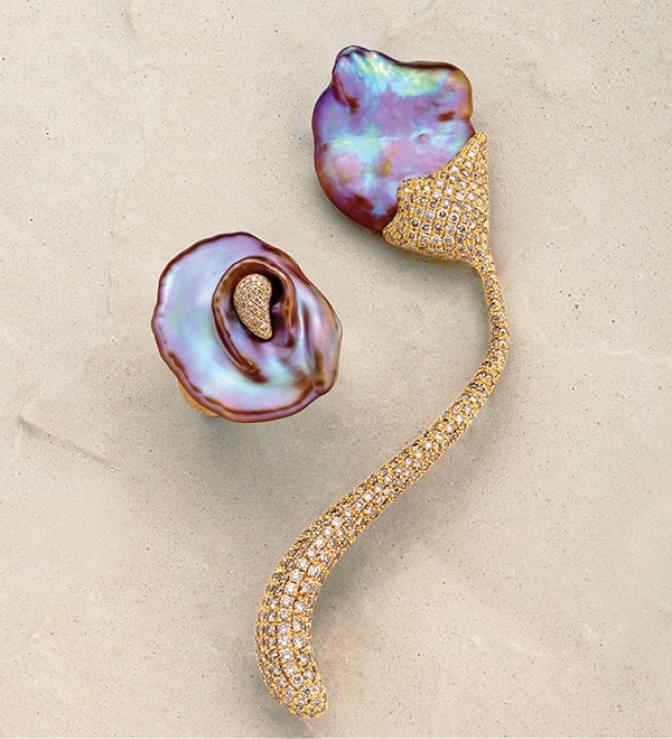
Soufflé Pearls
Soufflé Pearls, distinguished by their hollow interior, offer a unique lightness. These pearls are cultivated by inserting sun-dried mud into oysters, around which the pearl forms. Upon harvesting, Soufflé Pearls undergo a delicate process where a small hole is drilled to remove any residual mud, ensuring their pristine condition. Notable for their splendid metallic luster, Soufflé Pearls present a diverse palette of colors, shapes, and sizes. This distinctive characteristic sets them apart, offering an exquisite blend of weightless elegance and radiant shine, capturing the essence of refined beauty in pearl form.
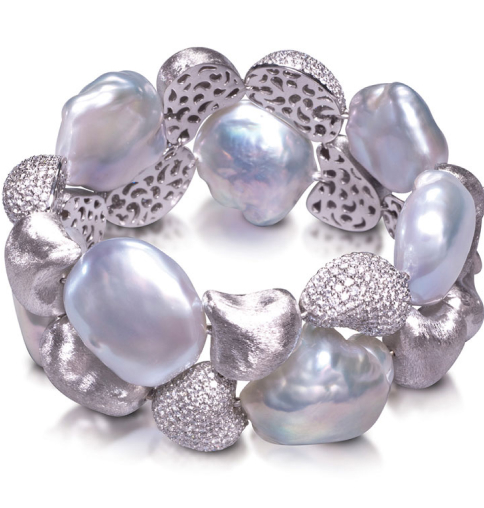
Akoya Pearls
The Akoya pearl, often seen in classic pearl strands and earrings, stands out for its smooth, round shape and exceptional luster. Cultured from the Pinctada Fucata oyster in Japanese pearl farms, these pearls surpass other freshwater varieties in smoothness and roundness. Known for their uniformity and delicate overtones, Akoya pearls range from pure whites to rich creams, with some showcasing champagne and butterscotch hues from Indonesian and Philippine origins.
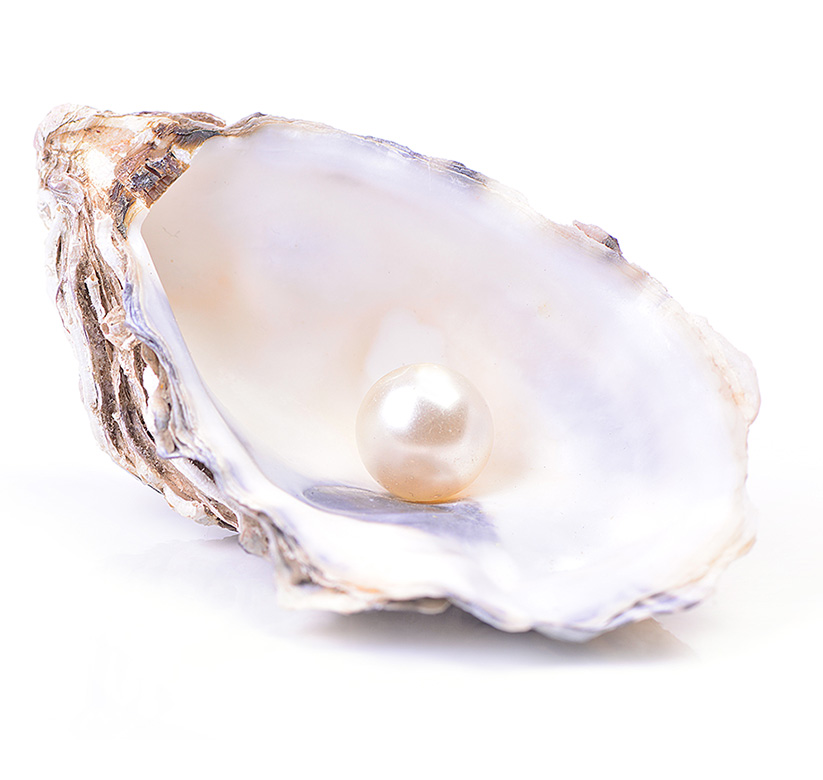
The Yvel Pearl Standard
Each Yvel pearl is carefully examined and assessed by our experts. Only the finest and most beautiful pearls are chosen to be part of an Yvel creation, ensuring every piece reflects our commitment to quality.


